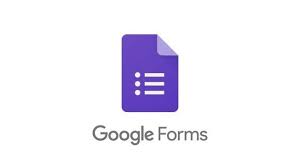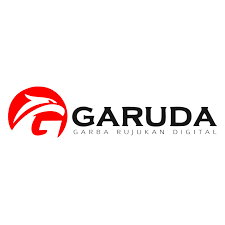THE INFLUENCE OF PROBLEM BASED LEARNING ON THE STUDENTS’ WRITING SKILL IN HORTATORY EXPOSITION TEXT AT ELEVENTH GRADE OF SMA SAIDIYAH AROSBAYA
DOI:
https://doi.org/10.31597/sl.v6i2.671Keywords:
Writing Skill, Problem based Learning, Hortatory Exposition TextAbstract
Writing is one of the basic skills of the English language. It is usually considered one of the most difficulty skill than other skills of foreign language students. Even native speakers feel difficulty in showing good command of writing. In writing, the students need to acquire those first ideas to make sure what they want to write. They have to write about what they think in their mind and state it on paper by using the correct rules. In this research researcher use problem based learning method in teaching writing. The objective of this research to investigate the influence of problem based learning on the studnts’ writing skill in hortatory exposition text at eleventh grade of SMA Saidiyah Arosbaya. In conducting data, the researcher used quasi- experimental design. The population of this research was eleventh grade of SMA Saidiyah Arosbaya and sample were XI IPS 1 as experimental class and XI IPS 2 as control class. The result of this research based on the analysis data of Analysis of Covariance (ANCOVA) test from SPSS 17.0, the result of ANCOVA test from p-value was 0.035. It was less than the level of significant (0,05). If p-value<from the level of significant (0,05). It showed that the alternative hypothesis (Ha)was accepted and null hypothesis (Ho) was rejected.
References
Amalia, I. K., & Sisbiyanto, A. (2016). The Effectiveness of Send a Problem Technique For teaching Writing an Analytical Exposition Text. Journal of English Language Teaching, 5(2).
Arsyad, A., Nadrun, & Budi. (2015). Using Self- Assessment Technique to Improve Student's Writing Skill To Eleventh Grade. e-Journal of English language Teaching Society (ELTS), 3, 1.
Eramona, F., & Al hafizh, M. (2014, March). Using Clustering Technique in Teaching Writing a Descriptive Text to Junior High School Student. JELT, 2.
Hellen, Y. N., & Al Hafizh, M. (2014). Teaching Writing a Hoctatory Exposition Text by Using the Rountable Technique to Senior High School Students. JELT, 3.
Javed, M., Juan, W. X., & Nazli, S. (2013). A Study of Students' Assessment in Writing Skill of the English Language. International Journal of Instruction, 6, 2.
Kumar, R., & Refai, B. (2017). Problem-Based Learning Prdagogy Fosters Students' Critical Thinking About Writing. Interderdisciplinary Journal of Problem -Based Learning, 11(2).
Latief, M. A. (2016). Research Methods on Language Learning an Introduction. Malang: Universitas Negeri Malang.
Leong, P. N. (2014). Promoting Problem Based Learning Through Collaborative Writing. The English teacher, XXXVII, 49-60.
Manerikar, V. (2015). Cronbach’s Alpha. Research Communication,118.
Muharraromi, D. S., & Sa'ud, U. S. (2016). Effect of Problem Based Learning Application Increasing Creativity and Ability- Young Learner. Edutech, 15.
Muller, T., & Henning, T. (2017). Getting Strated with PBL- A Reflaction. Interdisciplinary Journal of Problem-Based Learning, 11(2).
Mustain, Athena, T., Milawati, Ulfa, S. M., wahyudi, M., & Firmansyah, I. (2014). Intensive Course Book 2. Bangkalan: English Department STKIP PGRI Bangkalan.
Sugiyono. (2015). Metode Penelitian Pendidikan. Bandung: Alfabeta.
Wijaya, H., & Puti, H. P. (2015). Using KWL strategy to Improve the Reading Comprehension Skills on Hortatory Exposition Text. (p. 4). Yogyakarta: University of Muhammadiyah Yogyakarta
Williams, C. (n.d.). Research Methods. Journal of Business & Economic research, 5.
Yew, E. H., & Goh, K. (2016). Problem-Based Learning: An Overview of its Process and IMpact on Learning. Health Professional Education, 2(2), 75-79.
Downloads
Published
How to Cite
Issue
Section
License
1. Copyright of this journal is possession of Editorial Board and Journal Manager, by the knowledge of author, whilst the moral right of the publication belongs to the author.
2. Legal formal aspect of journal publication accessibility refers to Creative Commons Atribution-ShareAlike (CC BY-SA), implies that this license lets others remix, adapt, and build upon your work even for commercial purposes, as long as they credit you and license their new creations under the identical terms. This license is often compared to “copyleft” free and open source software licenses.
3. Every publications (printed/electronic) are open access for educational purposes, research, and library. Other that the aims mentioned above, editorial board is not responsible for copyright violation















